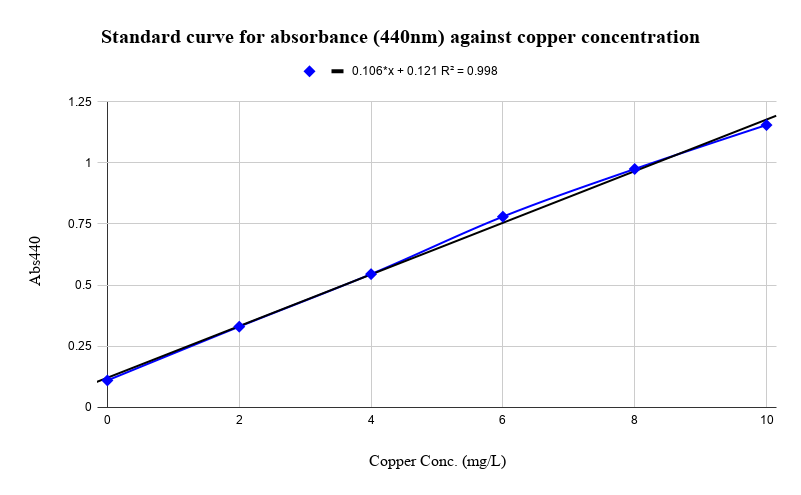Part:BBa_K3076400
dsDNA substrate with KanR gene for cusA knockout in E. coli by Lambda Red Recombineering
Description
This part is designed to use as double-stranded (ds) DNA substrate for knocking out cusA gene in E. coli by Lambda Red recombineering system.
cusA is one of the major genes involved in forming the copper-transporting efflux system CusCFBA in E. coli. [1]Usage and Biology
This part contains homology sequences of 40 bp flanking a double terminator (BBa B0015) and a kanamycin resistance gene. The recombination site is at the 80 bp to 160 bp of the cusA gene. If the recombination succeeded, the kanamycin resistance gene will be inserted in between the cusA gene and disrupting the expression. Meanwhile, the kanamycin resistance gene can be used as a selection marker for successful recombination. The double terminator (BBa B0015) was added at the 5’ to ensure the termination of gene expression.
To use this substrate, simply amplify this part by PCR. The PCR product is ready to be transformed and recombined. The E. coli strain used should express lambda red recombineering genes. On the other hand, the lambda red recombineering system can be introduced to the E. coli strain by transforming the E. coli with plasmids containing lambda red genes, such as pKD46.
Due to the time constraint, we obtained the Keio knockout strain from Japan National Institute of Genetics [2] directly to carry out the functional study. This dsDNA substrate has not been tested yet.
Functional assay of knockout strain
CopA, cusA, cutA and cusF are four major genes involved in the copper ions exportation in E. coli. Therefore, we hypothesize that after KOing these genes, the E. coli will accumulate more copper ions intracellualrly. This assay aims to test if this hypothesis was correct.
The KO E. coli was put into copper (II) sulphate-containing medium and the concentration of copper ions in the medium was then measured at different time points. API copper testing reagent was used in this assay. The reagent reacts with copper ions and forms brown colour precipitate. We used a colourimeter to measure the absorbance (440nm) of the reagent mixture and calculate the concentration of copper ion by a standard curve (Fig. 1).

The results showed that among four KO strains, only cusF KO strain group showed a significant decrease in copper amount after 4 hours when compared with the control group. (Fig. 2 and 3) This result indicates knocking out cusF gene may serve the aim of our project which we tried to increase the metal pollutant removal ability of E. coli.
Another part of our project studied if ectopically expressing the metallothionein protein from Corynebacterium glutamicum (CgMT) (BBa K3076803) can increase the metal absorption ability of E. coli and the result was positive. Thus, in the next step, we will combine two modifications together to see if it can further improve our metaL pollutant removal system.
Reference
[1] Franke, S., Grass, G., Rensing, C., & Nies, D. H. (2003). Molecular analysis of the copper-transporting efflux system CusCFBA of Escherichia coli. Journal of bacteriology, 185(13), 3804–3812. doi:10.1128/jb.185.13.3804-3812.2003
[2] Baba, T., Ara, T., Hasegawa, M., Takai, Y., Okumura, Y., Baba, M., Mori, H. (2006). Construction of Escherichia coli K-12 in-frame, single-gene knockout mutants: the Keio collection. Molecular systems biology, 2, 2006.0008. doi:10.1038/msb4100050
- 10COMPATIBLE WITH RFC[10]
- 12COMPATIBLE WITH RFC[12]
- 21COMPATIBLE WITH RFC[21]
- 23COMPATIBLE WITH RFC[23]
- 25COMPATIBLE WITH RFC[25]
- 1000COMPATIBLE WITH RFC[1000]
| None |


